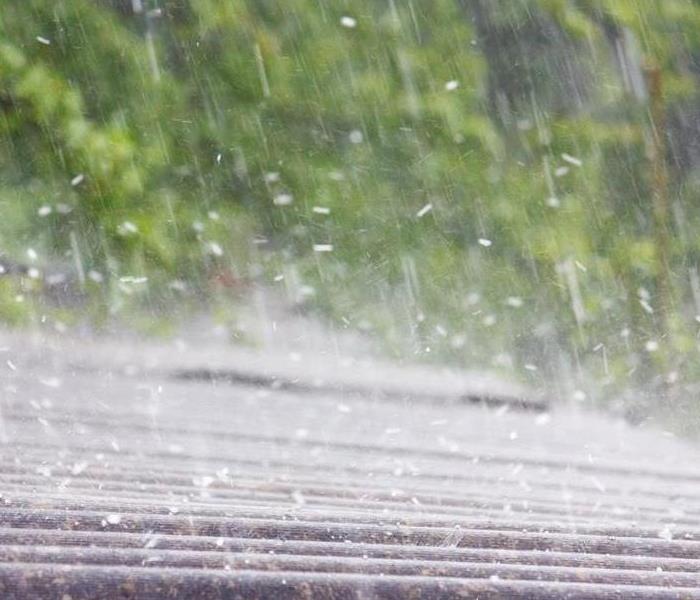What Do I Do If My House Floods?
2/22/2023 (Permalink)
Rain and flooding can be a huge pain and it's not fun to find out that your house has been flooded. It can take weeks or even several months to get it fixed. But there are things you can do immediately after a flood that will help mitigate the damage as much as possible, and they'll make the process of cleaning up easier in the long run.
Turn off the electricity.
If your house floods, turn off the electricity. If you have a generator, make sure it's not running on gasoline or propane. If it is, turn it off as well.
If there is no power in your home and water levels are rising, unplug all electrical items and appliances that can be moved. You'll also want to remove any computers or televisions as well—they don't need electricity to conduct damage!
Turn off the water supply.
If you can, turn off the water supply. If you can't find the main water valve, turn off the water supply to the house. If it's a flooding emergency, you're not thinking rationally, so don't worry about what's going to happen later when it comes time for repairs. You need to make sure that there is no running water anywhere in your home while you start working on cleaning up and drying out everything that got wet.
Evacuate.
As soon as you realize your house has flooded, the most important thing to do is to evacuate. If you have time, grab any valuables from your home, such as important documents. If not, leave those items behind and go directly to a safe place.
Take any pets with you when evacuating. This will ensure they're cared for while also keeping them away from danger until help arrives.
Document everything.
When you’re dealing with a flood, you should document the damage as soon as possible. Take pictures of things that need to be replaced or repaired, then call your insurance company and make sure they know about it.
Take pictures of the damage. Take pictures of the flood. Take pictures of the water level. Take pictures of all the damage done to your property.
Be sure to include as much detail as possible in your photos, including items that have been damaged and their current condition (i.e., if they are wet or dry). Also, make sure to take multiple shots from different angles so that your insurer can see everything clearly when reviewing them later on.
It's important to let your insurance company know what happened as soon as possible so that they can begin assessing the damage and make sure you're protected.
Begin the mitigation and restoration process immediately.
The first thing you should do after your house floods is to begin the mitigation and restoration process immediately. This means removing all damaged items, cleaning up the mess, and removing any mold that may have formed in your home.
As soon as possible, dry out your house by turning on fans to circulate air throughout the structure and open windows where possible (make sure it's safe first).
Next, repair damage to your house caused by flooding—and replace any belongings or furniture that were destroyed by water damage or mold.
Lastly, restore your home back to its original condition so no one will know what happened there before it gets flooded again!
A flooded house is a big deal. It can be dangerous and a pain to fix, but with some time and hard work, there are things you can do to make it better. If your house floods, turn off the electricity and water supply immediately. Then evacuate the premises until professionals arrive to clean it up or take pictures of any damage caused by the flood. SERVPRO of South Baton Rouge is always here to help with all your flood damage cleanup and restoration needs!



 24/7 Emergency Service
24/7 Emergency Service
